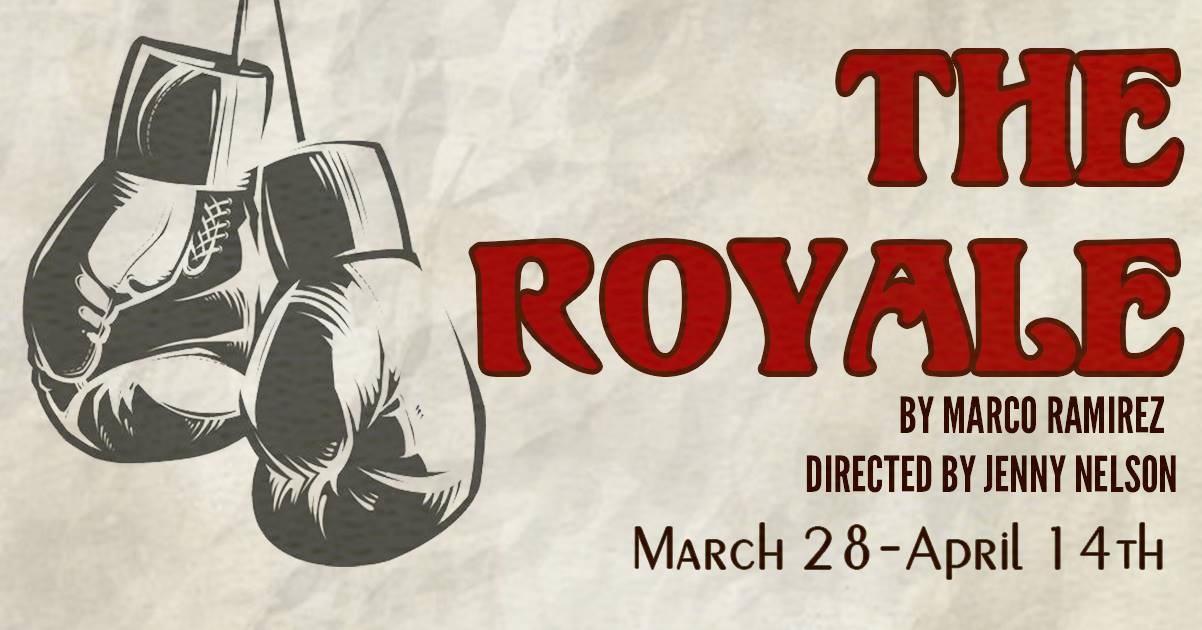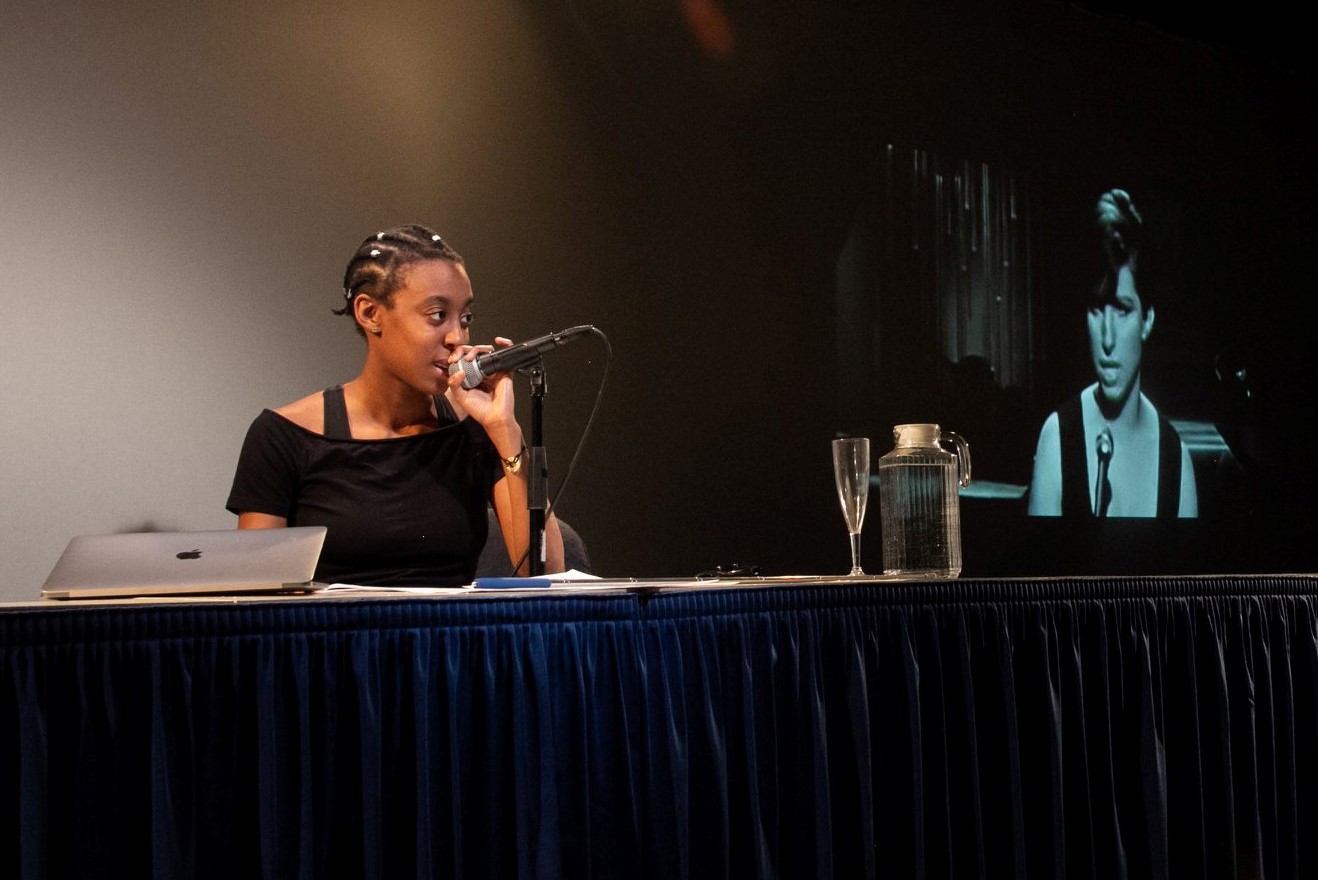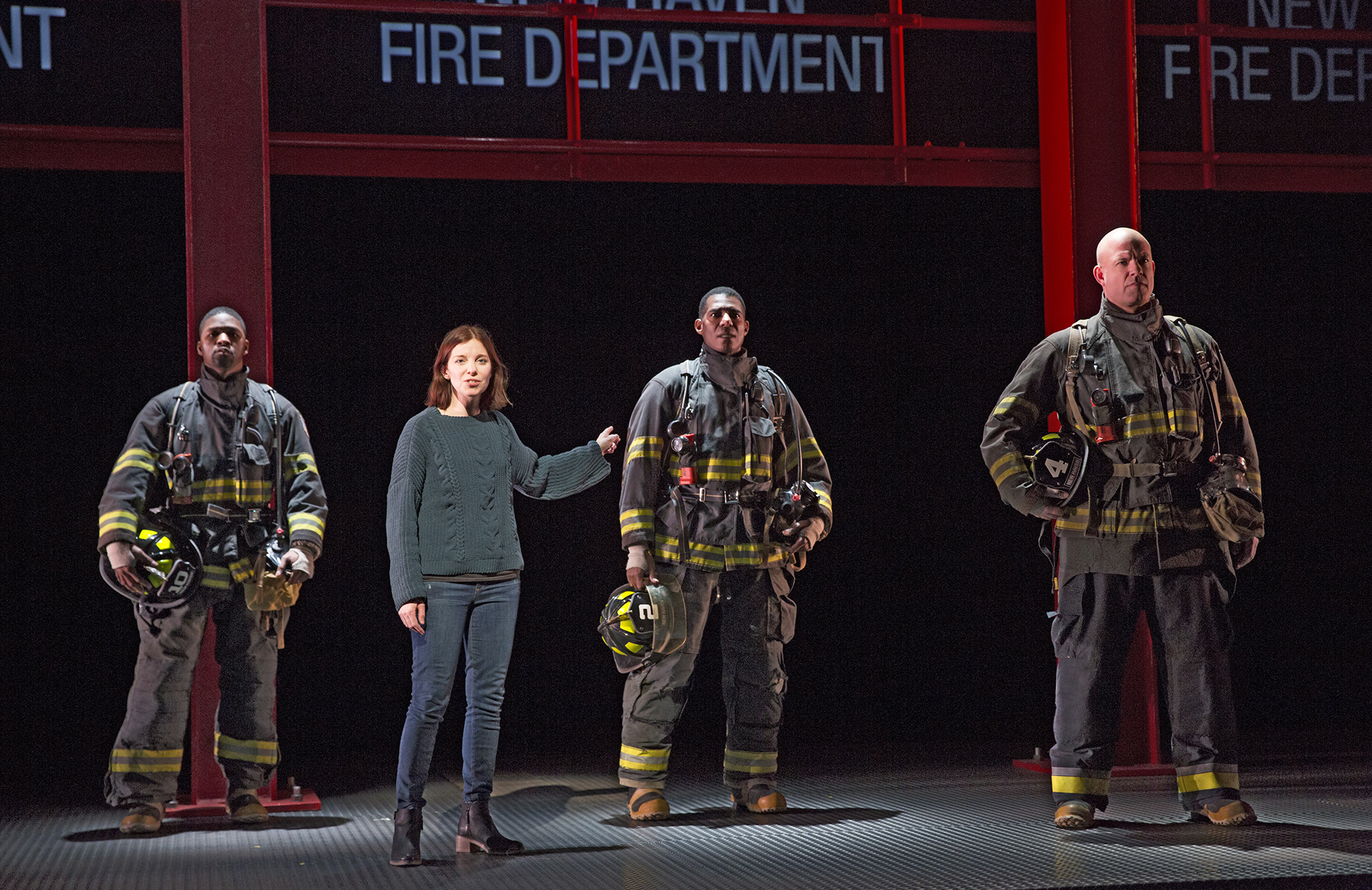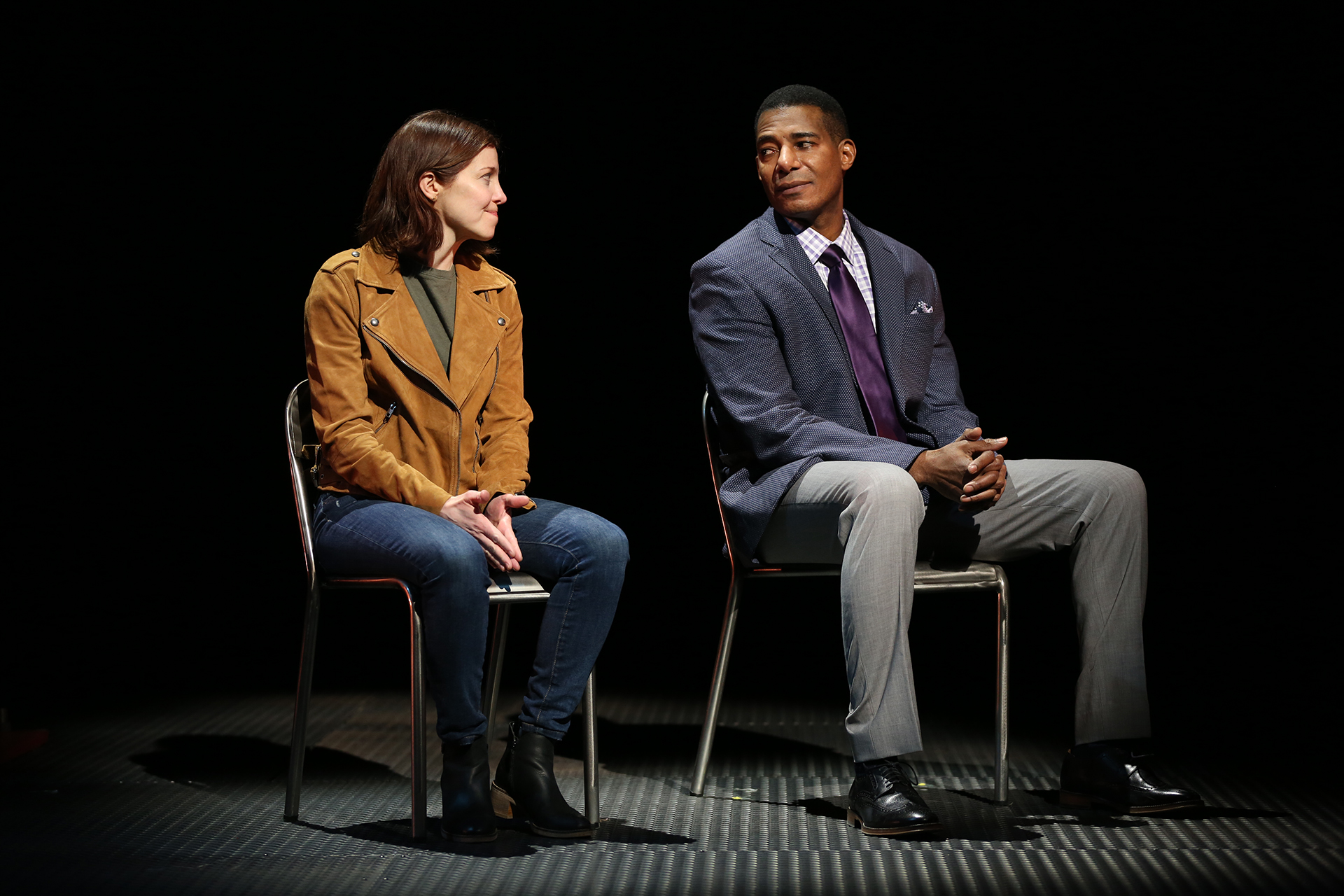Review of Fireflies, Yale Cabaret
“Behind every great man,” the saying goes, “there is a woman.” Donja R. Love’s Fireflies—at Yale Cabaret, directed by Christopher D. Betts, for two more shows tonight—might be said to alter that adage: “in front of every great woman is a man.” Love shows us a couple where the man, Charles (Manu Kumasi in a Cabaret debut), is an analog for Dr. Martin Luther King, Jr., and the woman, Olivia (Ciara Monique McMillian), his long-suffering wife.
Olivia cooks her husband’s food and waits patiently—or not so patiently—at home while he, “the face of the [Civil Rights] movement,” is on the road preaching and uplifting spirits. She’s also carrying his child, and, in fulsome reminiscence, he says he knew she would bear his child from way back when they were children themselves working in tobacco fields. When did she know? When she realized she was pregnant. Olivia rarely plays into her husband’s efforts to script her responses.
In the not-so-distant background of the difficulties faced by Olivia and Charles is the bombing of a church in Alabama that took innocent lives. Charles has been called upon to deliver a eulogy. Olivia is plagued by the sound of bombs—a premonition of some disaster still to come?
On his return home, Charles is flirty and horny, using techniques that likely work with other women; he is met by a range of emotions from Olivia who, though not playing hard to get, is hard for her husband to understand. Ciara Monique McMillian’s Olivia is a delight, even in the portrayal’s darker moods and rousing speeches. McMillian gets out all the nuance there is in this strong role. Charles is far from one note as well, and Kumasi lets us see many sides of the man, not least as a minor tyrant trying to dictate how his wife should feel and the kind of life they should lead. Love writes their interactions well and Betts gets fully engaged performances from his actors.
Eventually we learn that Olivia not only writes the speeches that have earned Charles such a following, she also coaches his delivery of her words. And that’s not all. Olivia, we discover through letters she wrote and never sent, has a sweetheart: a woman named Ruby. This emerges after the FBI thoughtfully sends Olivia a package containing a tape recording, complete with tape player, of Charles getting it on with one of his women of the road. Charles, whom Olivia accuses of always playing tit for tat, uses the letters as a way of worming out of guilt about his infidelities. The story of her attachment to Ruby, plaintive as it may be, gives Olivia the backbone to assert her decision to leave Charles. The upshot is that Olivia—who resented being pregnant—is now determined to terminate the pregnancy.
As Claudius might say, “when sorrows come, they come not single spies but in battalions.” Love’s technique is to pile on racial injustice, spousal mistreatment, a sleazy doctor, dramatic foreboding, and not one but two speeches addressed to God as, seemingly, the author of the couple’s plight. There are also snatches of Charles’ way with Olivia’s speeches, and, in the end, a moving sermon by Olivia that brings into play the notion of fireflies as the spirits of the slain finding their way to heaven. The play could be said to pack a few too many complications into its 90 minute running time, so that the ultimate fate of Charles seems yet another dramatic shift.
At the Cabaret, the set by Anna Grigo packs verisimilitude aplenty, from the GE icebox to the Formica table to the range and sink, a true “kitchen-sink” style presentation. Mika H. Eubanks’ costumes—as ever—strike becoming and appropriate notes, greatly aided by Earon Nealey’s hair. Both actors look so much their parts we feel transported to another era at once. The straight-forward set is magically enhanced by Nicole E. Lang’s projection design, which combines the smoke of explosions with fleecy clouds in a blue sky and fire-streaked clouds that creep at times across the entire set. Riva Fairhall’s lighting helps cue us to the play’s many mood changes, not least the fireflies effect at the end, and the sound design by Kathy Ruvuna makes Olivia’s imaginary bombs viscerally real.
With Yale students and residents taking to the streets this past week to protest police shooting at two local African Americans charged with no crime, the lines in Fireflies that speak to the social straight-jacket imposed on nonwhite lives in America resonate, as intended, from the Jim Crow era of the play, set in 1963, to today. The conviction of the Yale Cabaret production is formidable and its skilled presentation convincingly apropos.
Fireflies
By Donja R. Love
Directed by Christopher D. Betts
Dramaturg: Sophie Greenspan; Producer: Dani Barlow; Scenic Designer: Anna Grigo; Costume Designer: Mika H. Eubanks; Projection Designer: Nicole E. Lang; Sound Designer: Kathy Ruvuna; Lighting Designer: Riva Fairhall; Technical Directors: Chimmy Anne Gunn & Frnacesca DeCicco; Stage Manager: Zachry J. Bailey; Fight Choreographer: Michael Rossmy; Hair: Earon Nealey
Cast: Manu Kumasi, Ciara Monique McMillian
Yale Cabaret
April 18-20, 2019

































































